

Does that sound like film blasphemy?
It’s true. But does that mean a movie will bore you due to a lack of twists, turns and character development? Of course not. But every film follows a structure. From Die Hard to Jerry Maguire to Black Panther.
The structure discussed here is largely from the late Blake Synder. Blake took ancient conventions of story telling and placed them into contemporary vernacular. However, nothing discussed here is new under the sun. Blake’s books that have helped me the most are Save the Cat and Save the Cat Strikes Back.
Every film you love follows story structure. From Die Hard to Jerry Maguire to Black Panther.
The opening imagery also sets the tone of your film. It also sets us up for the change. Remember, your story is about transformation. And a well done films show us imagery at the beginning that supports the broken state of our situation.
Jaws opens a POV shot of something swimming through the water. Cut to a woman enters the water at night, and it eaten. If we knew nothing about the film, we know now. How does Jaws close? Two men swimming through those same waters with no fear, because they killed the shark.
The opening of The Matrix shows people running for their lives from “agents” in what we later learn to be a fake, digital world. The end of the film shows agents running from a human in that same world. A human who is above the code. The tide has definitely turned.
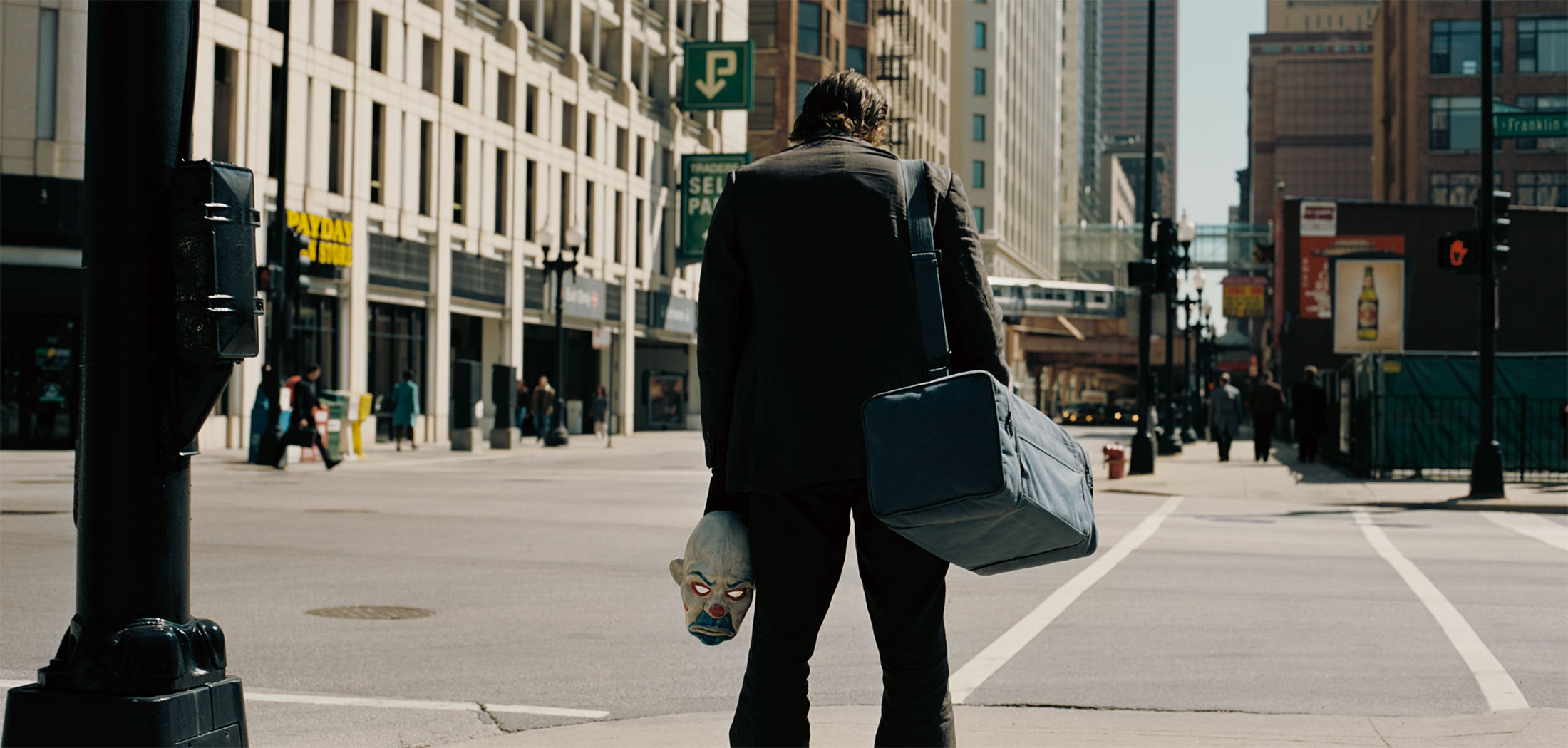
We’re immediately shown one of the best antagonists of all time: The Joker. He is about to unleash a reign of terror on Gotham City. By the end of the film, he and his terror have been both contained and proven wrong.
The setup includes our opening imagery, and also tells us when and where the story takes place. It tells us who our hero is, and we’ll meet many of the main characters. But not all of them. Some critical pieces also happen during the setup, let’s take a look:
Premise and plot are the action of the film. They sell movie tickets. But theme is what the movie is really about. Somewhere in the first 5-10 minutes of a film, the theme will be addressed. It’s also called the spiritual journey of our hero(s). And usually the basic theme will be stated by someone other than the hero.

A punk kid challenges the idea of raptors at the dig site. Dr. Grant tells him to show a little respect. We also see that Grant has issues with kids. These themes persist in huge ways for the rest of the film. Grant learns to love kids, and everyone on the island learns what happens when you disrespect nature and play God. Everything about Jurassic Park hangs on this single moment.
The plot of Die Hard is about a cop that dies hard against thieves. Die Hard’s theme is about a husband whose love for his wife dies hard. See how the action of the plot mimics the deeper story? This makes a film meaningful. And in Die Hard, the real story was addressed with the limo driver at the very beginning.
People will also call this the catalyst, and your entire film hangs on this moment. At the beginning of every movie you’re ever seen, something happens in the first few minutes that changes our hero’s life. This is what launches them on their journey of transformation.
When Chief Brody finds the remains of a woman on the beach, his world changes. It’s no longer about parking tickets and neighborhood complaints. He’s going to have to kill a shark and we all know it right then and there.
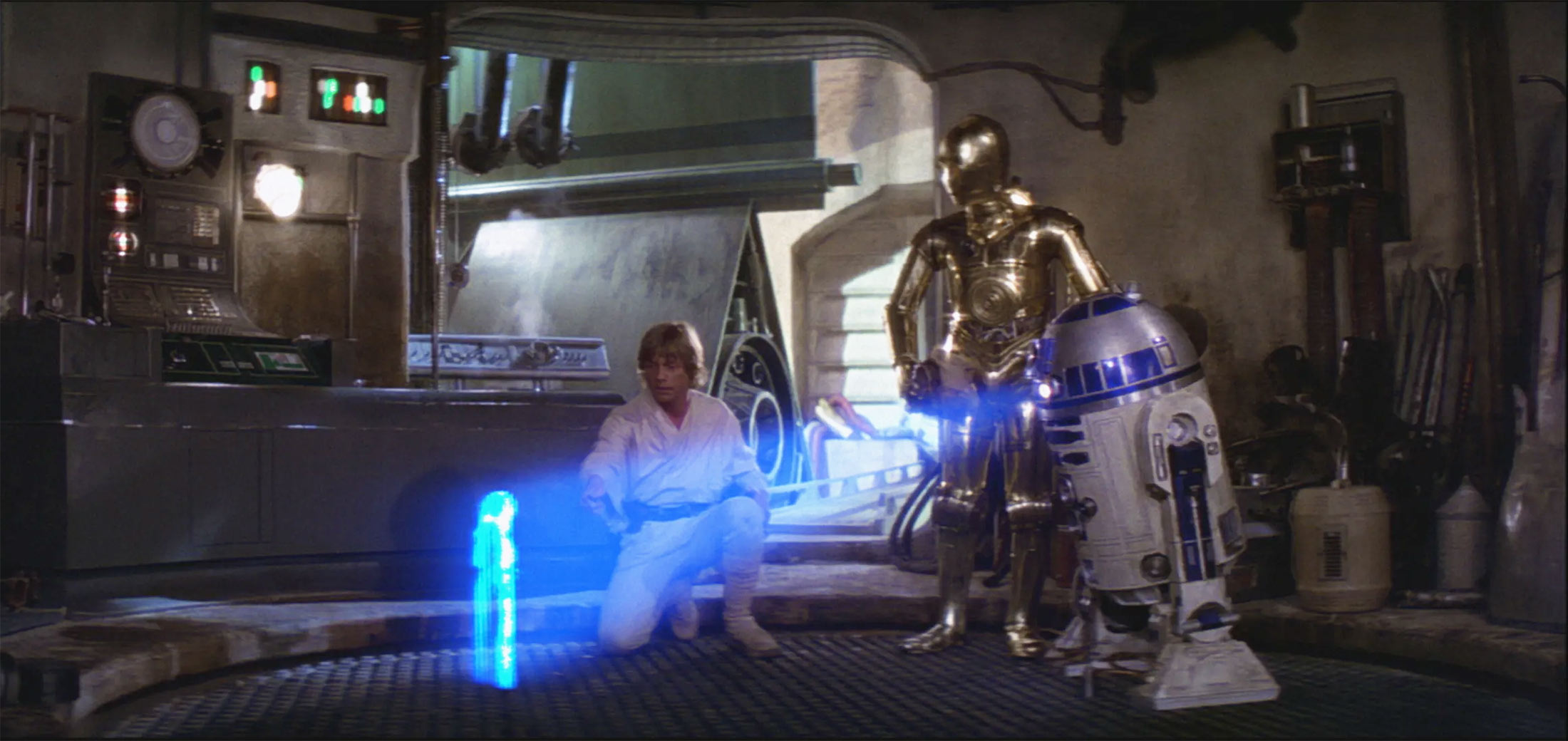
When Luke Skywalker is messing with a droid on the farm and sees a message intended for Obi-Wan Kenobi, his world changes forever.
When the hockey player’s kid curses at Jerry in the hallway, Jerry’s eyes are opened to what he’s become and there’s simply no going back.
Think about your favorite movies. The inciting incident is what launches things forward. It must be significant. It must entertain and launch our hero on their journey of change.
Endearment intentions are things done right off the bat to help the audience empathize and like our hero. Some call this “pet the dog” or “save the cat” and in some movies, it’s literally something like that.
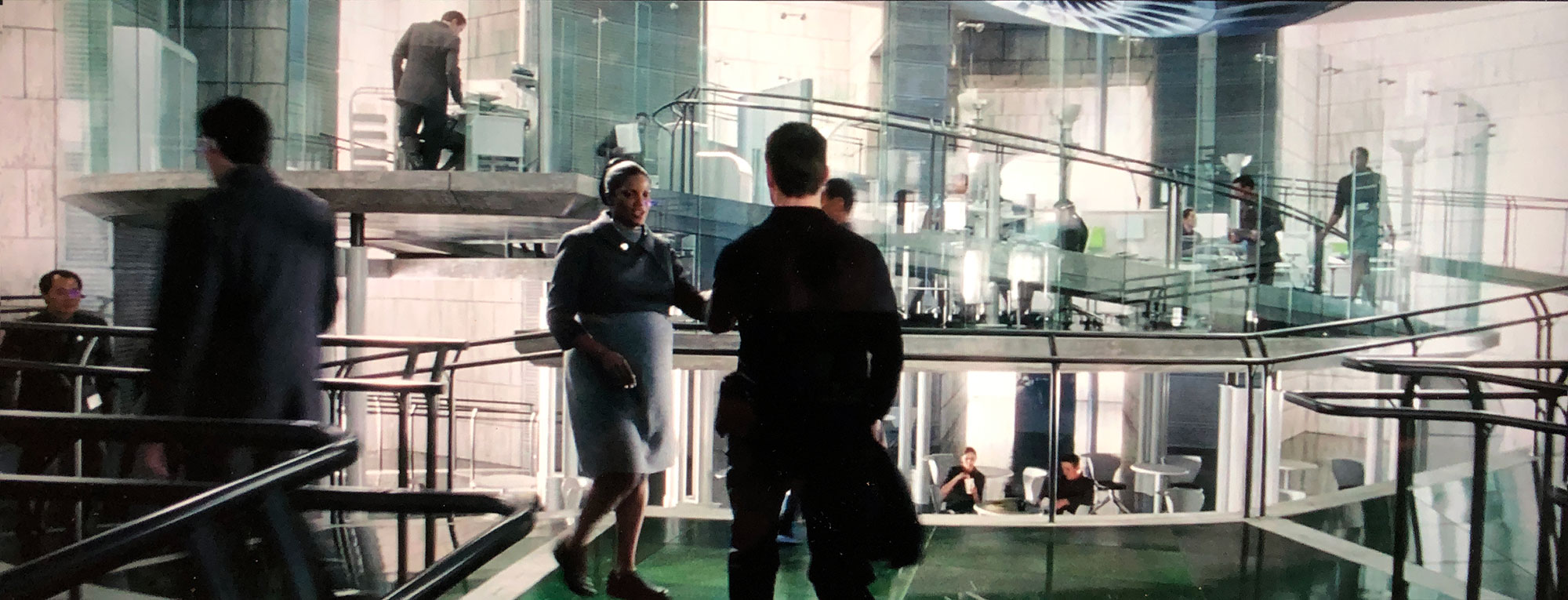
Within seconds of meeting Chief Anderton (Tom Cruise), we see him ask a colleague if she’s had any contractions yet. This is the Save the Cat moment. Why? Her pregnancy has nothing to do with the story. But is shows us our hero cares about others. When this happens, subconsciously we’re on his side.
So a quick recap: The Opening Image and Setup set the stage for a story, the Save the Cat moment makes us like our hero and the Theme is what the film is really about deep down. What happens next?
Our hero’s world is now turned upside down. What’s next?
Does Chief Brody move back to New York? Should Luke forget he saw the dumb message from the Princess? Can Jerry Maguire keep living life as a disconnected sports agent? Does Hugh Grant ignore the juice he dumped all over a famous movie star? No. There’s no ignoring, but there is a debate.
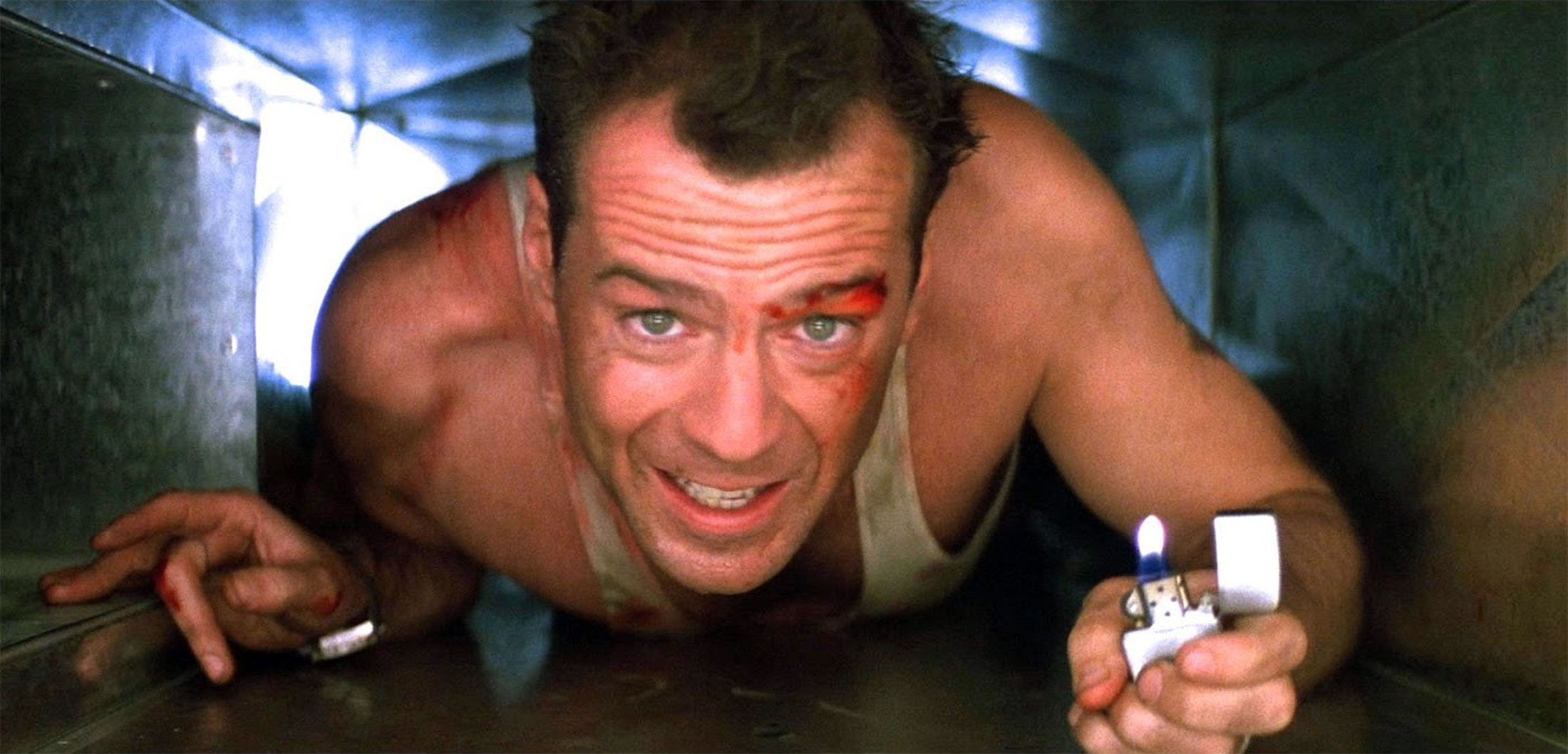
When the owner of Jurassic Park asks Dr. Grant to visit the island, the answer is a big resounding no. Grant is way too busy digging up dead dinosaurs. But when funding is offered for his dig site, he changes his tune. Jurassic Park’s debate section continues a bit, as Grant isn’t completely sold. Until of course he sees his first living dinosaur.
The hero will always say “no” to the journey at least one time. Sometimes, they’ll say it more than once.
Neo chooses not to follow Morpheus’s instruction at work, and is then captured by agents. Afterwards he agrees to meet Trinity (along with Cypher and Switch) in a car where he says “no” again and starts to bail. Trinity has to convince him to see the meeting out. Neo agrees.
Luke says “no” to going on the journey with Obi Wan Kenobi. But when his aunt and uncle are murdered by storm troopers, the debate officially ends. Luke is ready to continue the journey, which takes us to…
Films are typically written in a three act structure. Act 2 happens after the hero is done debating, and they’re ready to do something. Our hero makes a conscious choice to step into Act 2. It’s not an accident. It’s always a choice. This is always a turning point. The catalyst changed things up initially, but the choice to enter Act 2 is our next massive course alteration.
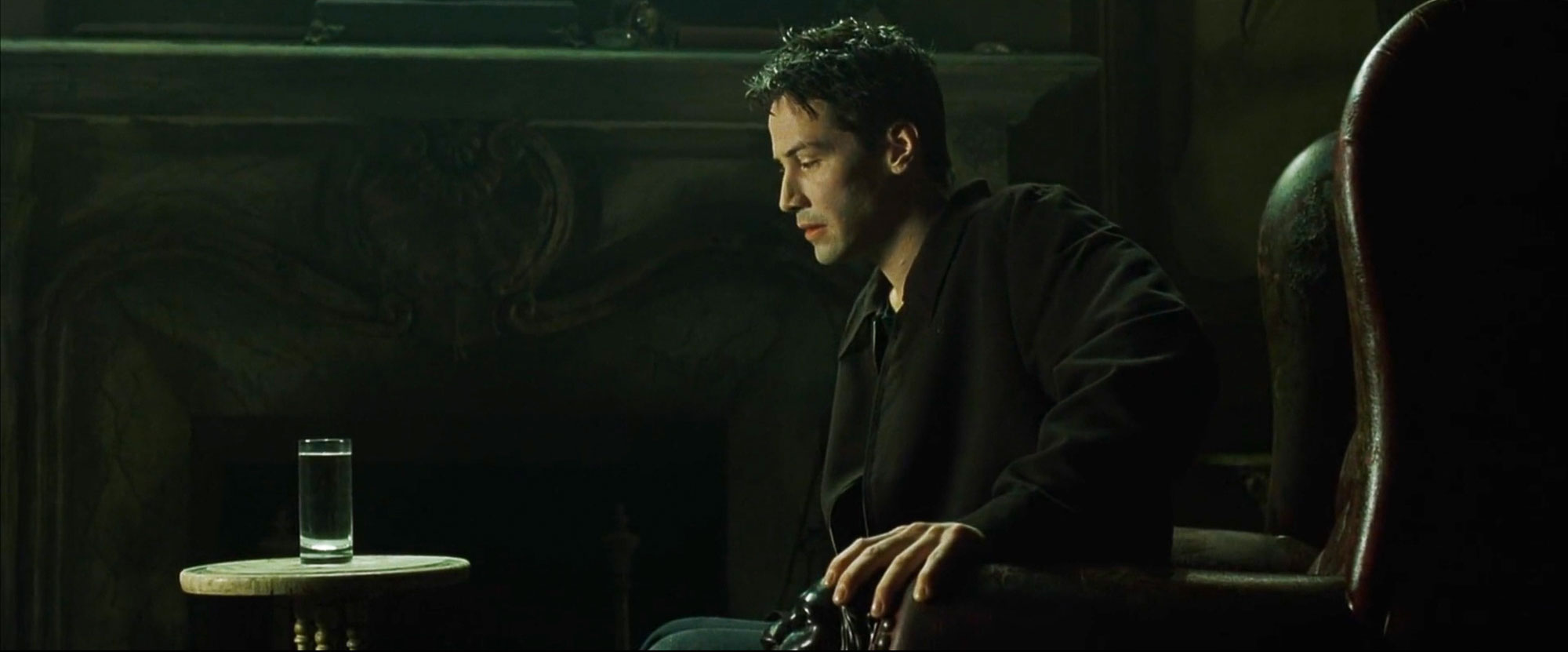
When Neo takes the red pill, he willingly steps into Act 2. This film’s Act 2 transition is about as strong as they get. And aren’t we glad? What if Neo had just wimped out and taken the blue pill? Story over.
Chief John Anderton is framed for a murder. He rushes from the Precrime Building only to be surrounded by his own police officers in an alley. The lead officer tells Anderton to surrender. Chief Anderson says, “Everybody runs” and then in pure Tom Cruise fashion, he charges into Act 2.
The Opening Image and Setup set the stage. Save the Cat makes us love our hero. Theme tells us what the film is really about. The Catalyst turns our hero’s world upside down. And after they’re done Debating, the hero steps into Act 2.
So what’s next? Our hero needs a little help. Put your hands together to welcome the B story characters!
Some of your favorite actors have been B Story characters. Think Harrison Ford in Star Wars. Richard Dreyfuss in Jaws. Tommy Lee Jones in The Fugitive. Cuba Good Jr. in Jerry Maguire. B Story characters have joined our hero and will see things through to the very end.

B story characters typically appear about 30 minutes into a movie. How do you know who they are? They help the hero on their journey — Sometimes both the physical and spiritual journey (theme). Even though our hero has decided to take the plunge into Act 2, they’re gonna need some help to figure things out.
This B story is very unique. Both Trinity and Morpheus lead the B story lineup. However, Neo meets both of them before Act 2. So how does this work? Because Neo doesn’t meet them in the real world until after Act 2. Everything is in The Matrix – The digital version of these characters. Neo meets the real people right where the B story should officially begin.
John McClane has plunged bare footed into Act 2. Right at the point where he really needs some encouragement, our B Story character shows up: A lone cop who will see things through to the end.
The Fun and Games section of a film is our last stop before the halfway point. And don’t let the title fool you — Depending on the genre and type of film, things may not be “fun” but they will be very on topic. The film is “having fun” with the subject matter here.
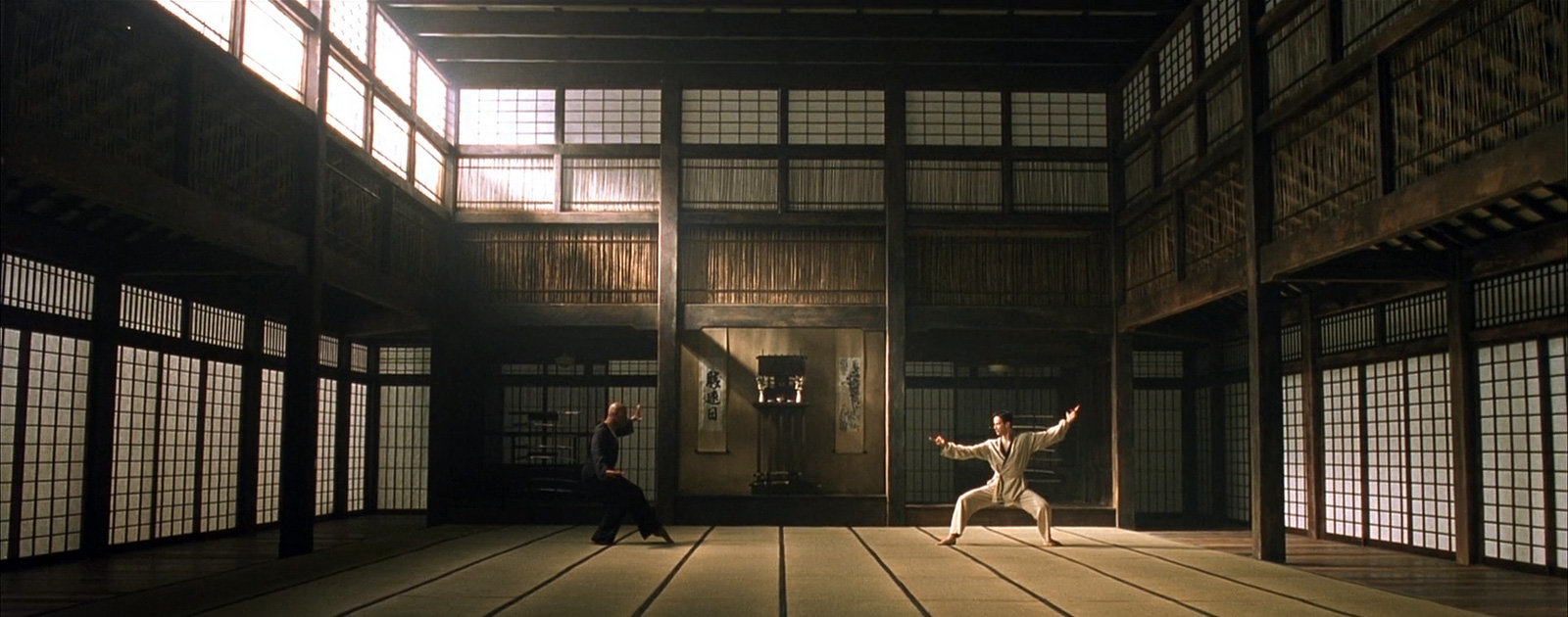
In Jaws this means more shark attacks. In The Matrix, we see the first signs of Neo becoming “The One.” In Jurassic Park we finally see dinosaurs! Typically, the part of a movie poster or trailer that made you buy a ticket will really begin to hit home during this part of any film.
The Midpoint is one of the most important parts of your film. It seems I’m saying this about a lot of things, but that’s why filmmaking is so complicated. There are a lot of points that can nuke your movie if you don’t understand them.
Why is the midpoint so important? Because it’s here and only here that our hero is forced to an initial breaking point. They’ve spent the first half of the film trying to fix things in the wrong way, based on their flaw, and it hasn’t worked.
The midpoint is also where we see the antagonist hit really hard. And why does that make sense? Because it’s the antagonist that pressures our hero down the journey of transformation.
Our FIRST look at the shark, and it’s a brutal attack that we witness in detail. All the way down to a leg floating to the bottom of the bay. Chief Brody’s son is front and center, and goes into shock.
The T-Rex steps onto the screen for the first time at the midpoint of Jurassic Park. It almost eats the kids, and snacks on an attorney. Things just got serious.
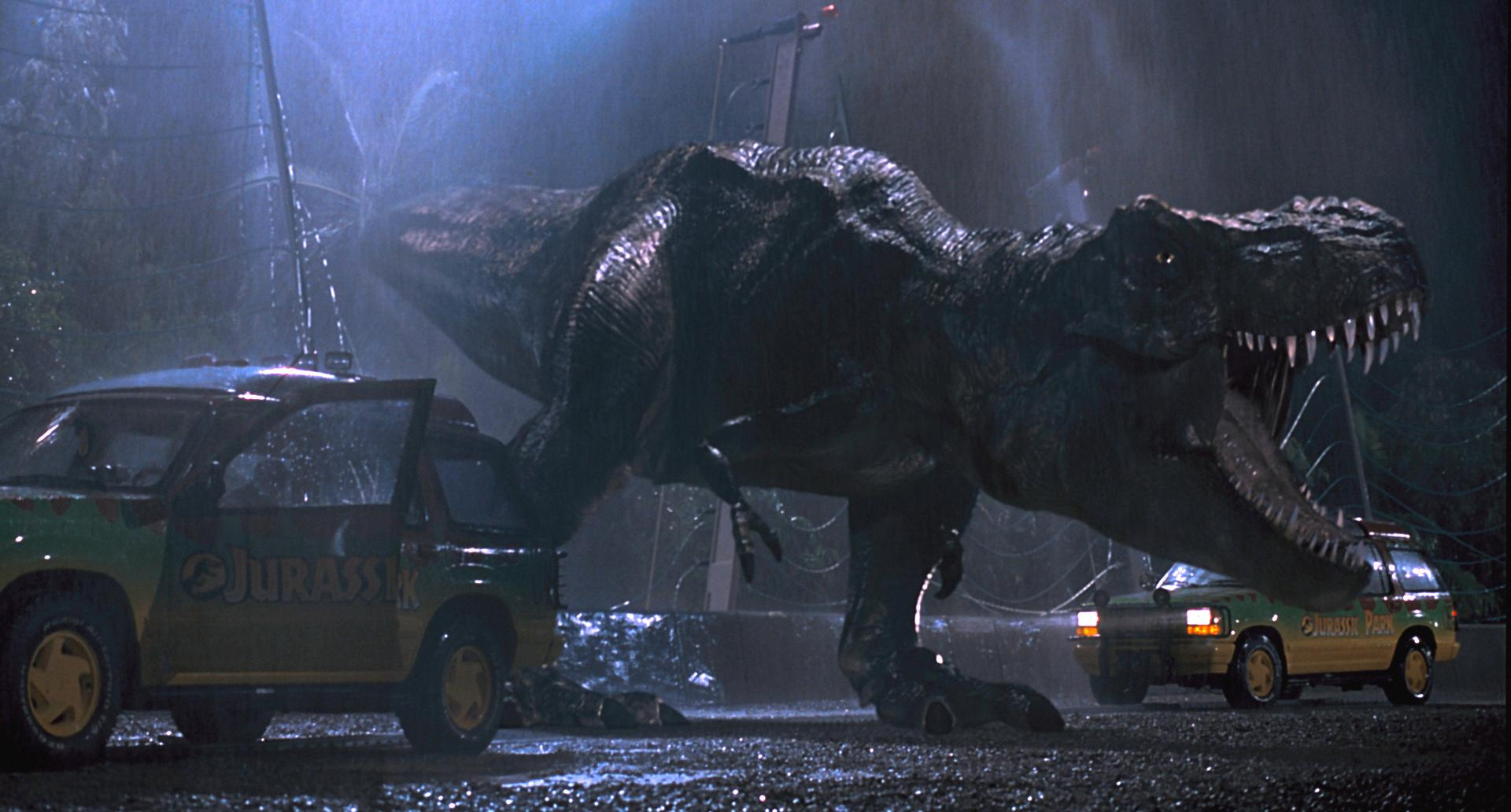
This comes from the author of the Moral Premise. In my opinion it’s one of the most important parts of every film. So what is it?
Before the midpoint our hero has been attempting to fix their “upside down world” in the wrong way. On their own without changing themselves and fixing their flaw. This will never work. Then the midpoint happens where the antagonist causes such havoc that our hero is forced to realize what they’ve been doing isn’t working.
In my opinion, the moment of grace is the most important part of any film. Our hero takes their first step towards transformation.
The good news is that after the bad news our hero is presented with a moment of grace where they take their first step towards change. It doesn’t mean they completely change, as that doesn’t happen until Act 3. But our hero is going to finally move towards their final transformation.
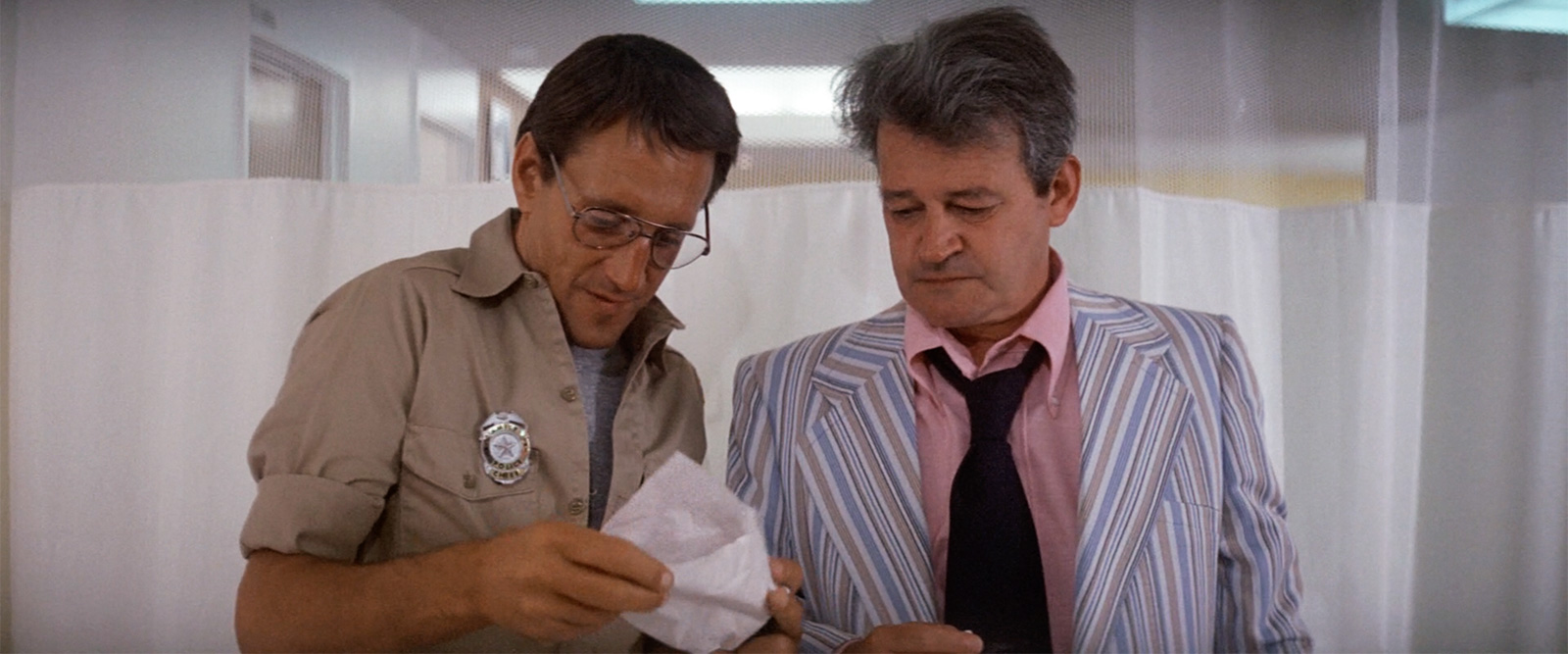
Did you figure out Chief Brody’s flaw? Fear of man. Chief Brody let the Mayor bully him into keeping the beaches open which violated his core job as the Chief of Police — He was supposed to protect people from all threats. Brody’s flaw gave the shark (antagonist) power. All Chief Brody had to say was, “the beaches are closed” and Jaws is over.
At the midpoint (after his son is almost eaten by the shark) Chief Brody pulls the Mayor to the side and demands that he sign the paperwork to hire the fisherman. Chief Brody also tells his wife (when she asks about moving back to New York) that they’re not going anywhere.

I’ve been hitting a lot of action, thriller and drama. Let’s include a romantic comedy as they abide by the same rules! At the midpoint of How to Lose a Guy in 10 Days Ben (Mathew McConaughey) and Andie (Kate Hudson) visit his parent’s house on Staten Island.
In their moment of grace, they both realize what they’ve been doing until now has been wrong. One is trying to drive the other away, and the other is trying to make them fall in love — All for the wrong reasons. They’re each other’s antagonists. For the first time, they allow themselves to fall for each other.
And when they do…
What happens in life when you try to make a change for the better? All too often life starts chunking hard balls. And that’s exactly what happens to our hero.
In a romantic comedy like How to Lose A Guy in 10 Days, relationships begin to fall apart. In an action film like The Matrix, the agents gain the upper hand. In Jurassic Park, things continue to spiral out of control on an island infested with unrestrained dinosaurs.
Why all of the bad? Because our hero hasn’t finished changing. They’ve made an initial step in the right direction, but there’s more transformation ahead.
This part of the film will last for around 30 minutes.
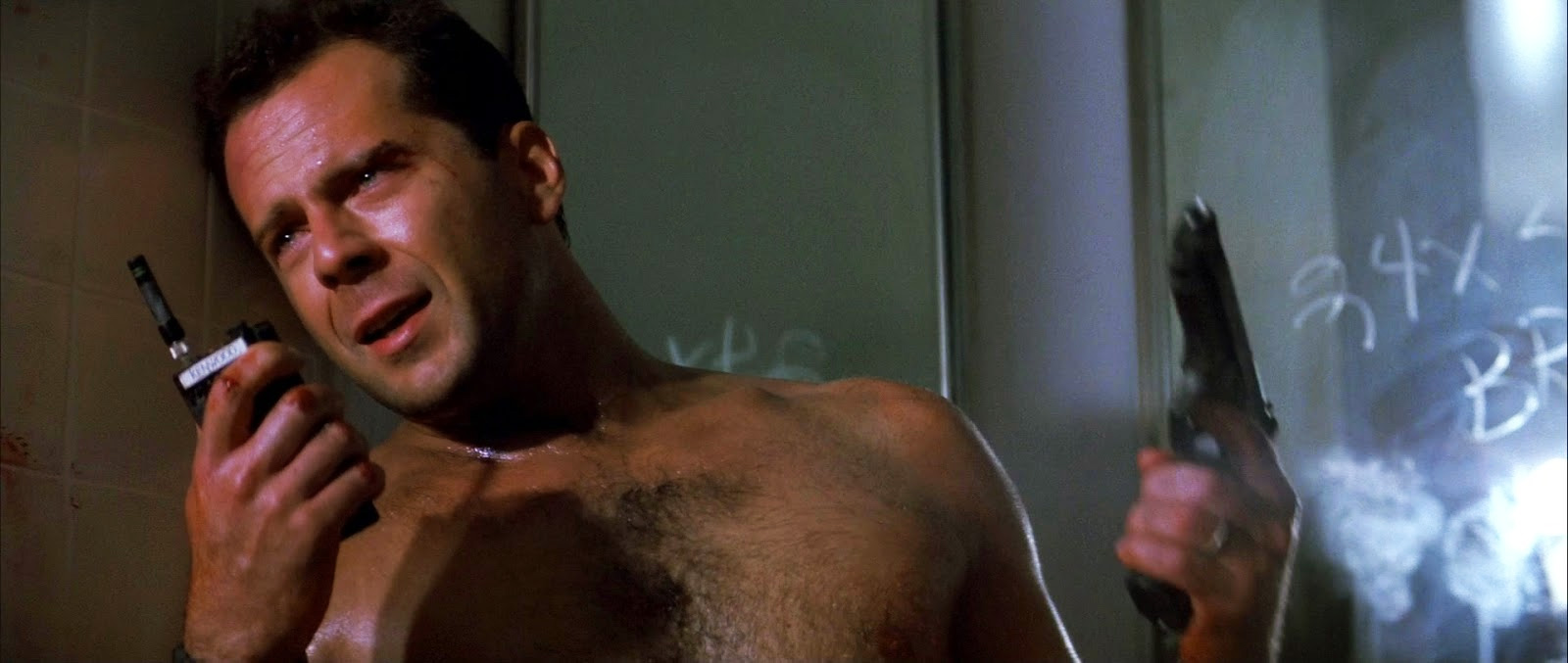
75 minutes into a film, after the “bad guys” have been chipping away at our hero, things really go dark. It’s our hero’s lowest point. Many times, the hero’s mentor is either stripped of power, or killed. It’s at this point that the hero often considers giving up, or they think they’re going to die.
Everything is lost.
But it takes this type of pressure to make someone really change.
John McClane pulls glass from his feet as he realizes he’s not going to win this battle. He tells the B Story cop outside: “Tell my wife I’m sorry. She’s heard me say I love you, but she’s never heard me say I’m sorry.”
At the “Frost Yourselves” event when they each realize their relationship started as a game — As a bet. They sing, You’re So Vain to each other on stage. Things are really over.
Morpheus is captured by Agent Smith. Cypher kills some of the crew and Neo thinks he isn’t The One. It seems like everything has failed.
P.T. Barnum’s circus burns to the ground. His wife takes the kids and goes to her parents house. They lose their home. Everything is lost.
Once our hero emerges from total despair, they hold on to what they learned at the Moment of Grace. But even though our hero has decided to do the right thing, it’s no walk in the park. The bad guys are going to test this resolve unlike any other point in the film. The final transformation of our hero happens in Act 3 when they “Storm the Castle to rescue the princess”, but instead of a princess, they find a waiting dragon.
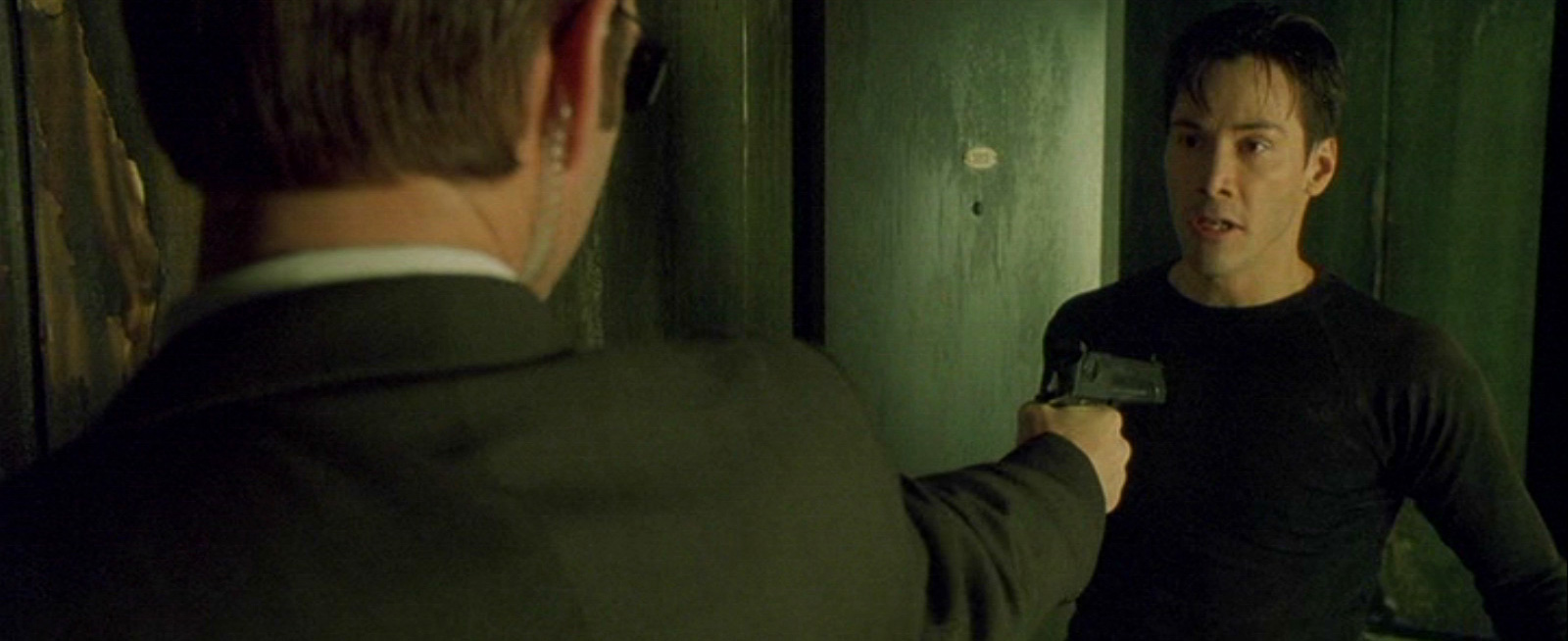
Neo begins to believe. He experiences temporary victory when fighting Agent Smith, but the real victory doesn’t happen until he runs for the phone, and opens the door only to be face to face with his ultimate enemy. Agent Smith sends a clip full of .50 caliber bullets point blank into Neo. Neo dies. Then the B Story character (Trinity) helps him come back to life with truth. Neo awakes a transformed man. He always was, but now he truly is The One.
The final transformation of our hero happens in Act 3 when they “Storm the Castle to rescue the princess”, but instead of a princess, they find a waiting dragon.
Luke makes a courageous decision. He joins the Rebel attack on the Death Star. But when their fleet is decimated, and Darth Vader is hot on his tail, Obi Wan tells Luke to make a big decision: Don’t trust the ship’s equipment to make the shot. Luke is to trust his new understanding of The Force. Luke does, and his transformation from a doubting farm kid to a budding Jedi is complete.
Jesus makes the final decision of obedience, and endures horrible Roman torture. He’s whipped and beaten to shreds, and then literally nailed to a wooden cross. At the very last moment while hanging on the cross, Jesus cries out as even God his Father has forsaken him. Then Jesus yells “It is finished!” and dies. But through the power of God and the Holy Spirit, Jesus rises back to life. All powerful and all victorious.

The final imagery of a good movie will show the complete change. The transformation from a flawed individual to changed hero. It will be the polar opposite of what we saw at the beginning of the film.
Ben (Matthew McConaughey) has finally learned that he doesn’t want to lose the girl. He makes them both face the truth, and we end the film with her staying in New York and each of them surrendering to love.
We opened in terror as something moved through the water and attacked a woman at night. At the end our hero and the B story character swim freely through the same waters during the day after killing the shark. The town and our hero have completely changed.
At the end of The Matrix we see Neo as the one. Instead of people running of agents, agents are now running from a person. The world and our hero have completely transformed.
The film opened with the Joker taking his first steps to ruin Gotham City. We close with Batman, The Dark Knight, willingly taking the blame for the damage done by the Joker. The Joker’s attempt to show everyone that people can’t be trusted is ruined by our hero, who shows that he’ll lay down his life to save the city. The movie opened with selfishness and ended with sacrificial love.
Jesus Christ went from despair in the garden at the opening to rising from the dead in a complete, absolute victory at the end. The film closes with Jesus walking out towards the opening of the tomb.
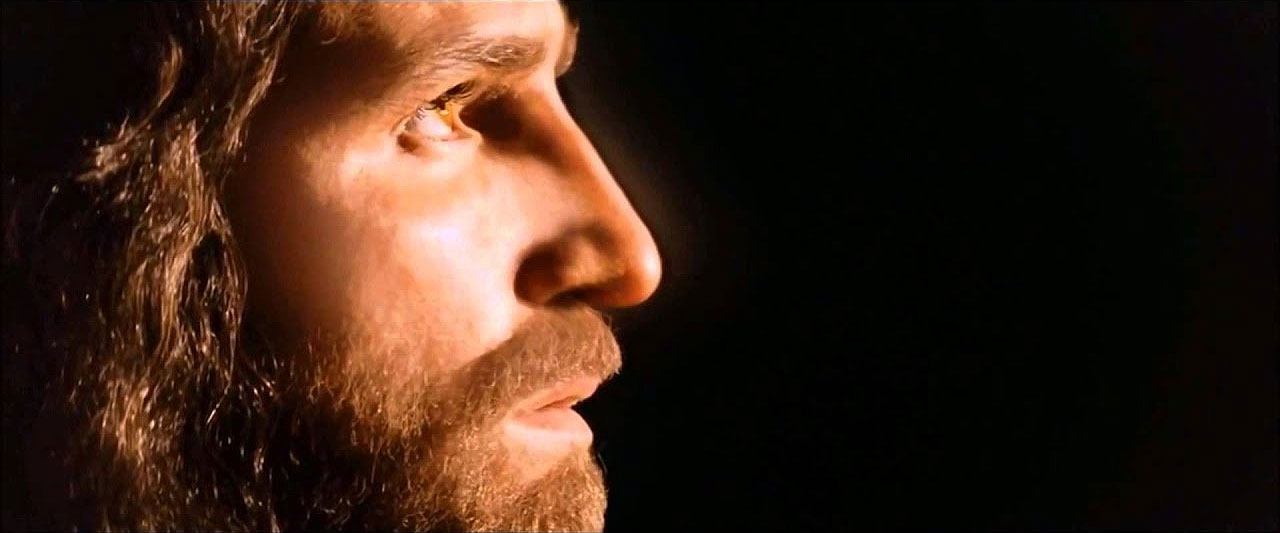
Some people buck the idea of structure with writing. But just like musicians adhere to the rules of music theory, and a painter creates within the four walls of a canvas, writers follow rules for telling stories.
The rules have existed since the beginning of time. For those who master them, they can tell tales that not only entertain, but change people for the better.
Have fun discovering these points in your favorite films!
Note: The image at the top is me and my friend Alveraz Ricardez. This photo was taken by my wife during one of many screenwriting lessons. Alveraz had a lot of patience with me in that California Coffee Bean as I grasped the beginnings of writing. I’ll always owe you man!